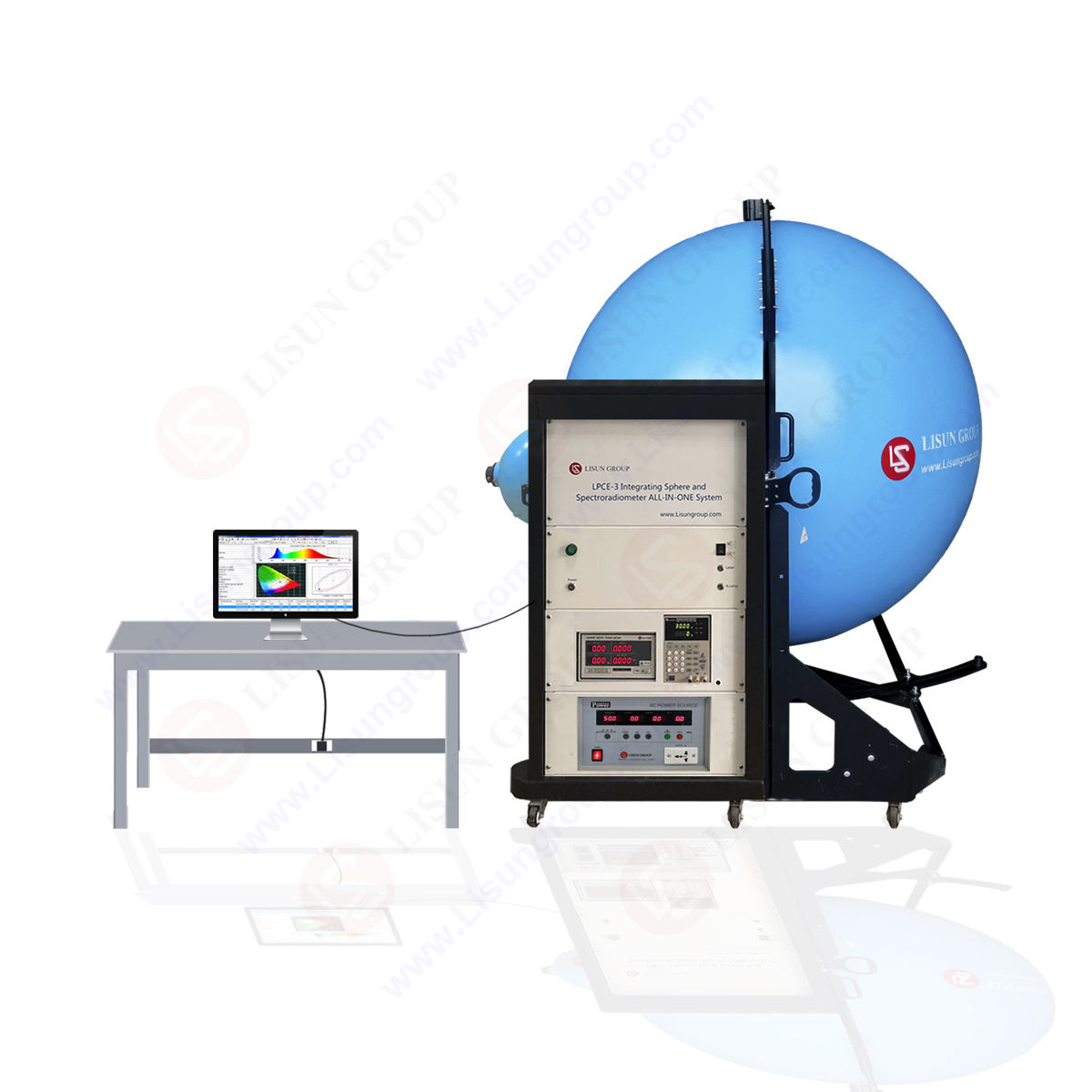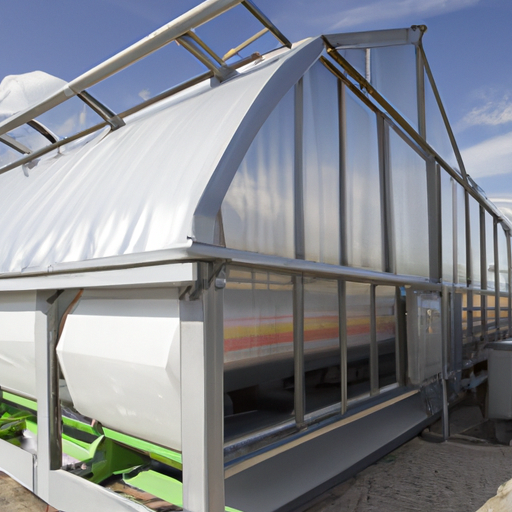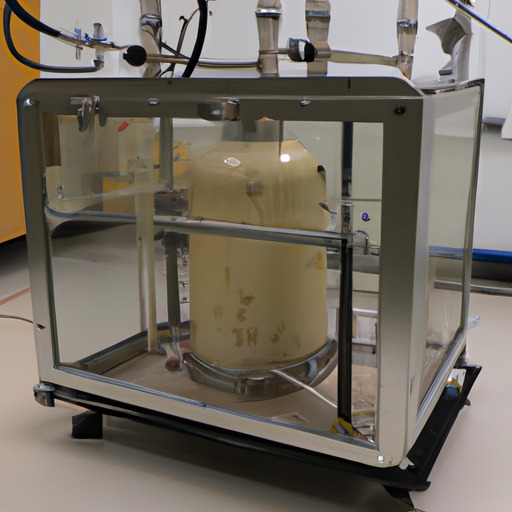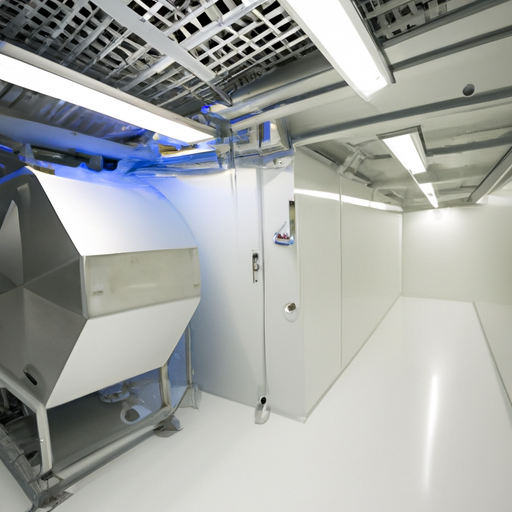Atoms get energy and then make atomic transit from the ground state to a higher energy level that called excitation. Many reasons can cause excitation. Thermal excitation gets the electric arc or spark as a light source. Thermal excitation is happened due to at a high temperature, vapor cloud particles (an atom, ion, electron) has a larger movement velocity and particle collision , then the energy transferred, collision can be elastic or inelastic. Elastic collision resulted in excitation. To generate excitation it must have enough energy, this energy is called the excitation potential。
Now consider if it is not only an atomic vapor but many atoms of an element, discuss how many atoms can be excited to a certain level. If the consideration is the neutral atoms, it shows different levels of atomic distribution Boltzmann formula.The concentration lies in the excited state.The atoms concentration lies in the ground state .
This type shows that the higher T is, the easier it will be to excited atomic to a high energy level, the more Ni is. Generally,the probability of Excitation is not big when Ni / No in 1% .
It is said that any energy distribution are sensitive with the temperature changes, in a thermal light source, different level was distributed as the Bozeman distribution. At low temperature, low energy spectrum lines are easy to launch: at high temperature, high energy spectrum lines are easy to launch.
For ion excitation, it can also use the same formula. Ion is the atom who has lost one or two electron. Ion excitation is the outermost electron movement change and then stimulated emission spectrum.
Tags:atoms , excitation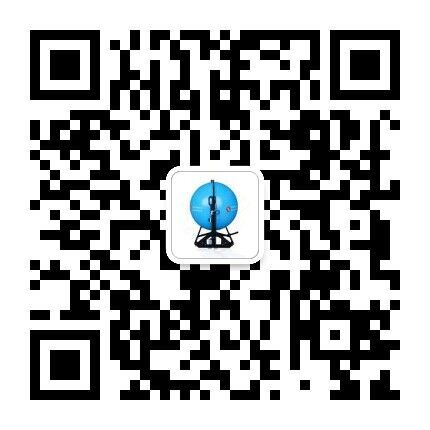
 中文简体
中文简体
